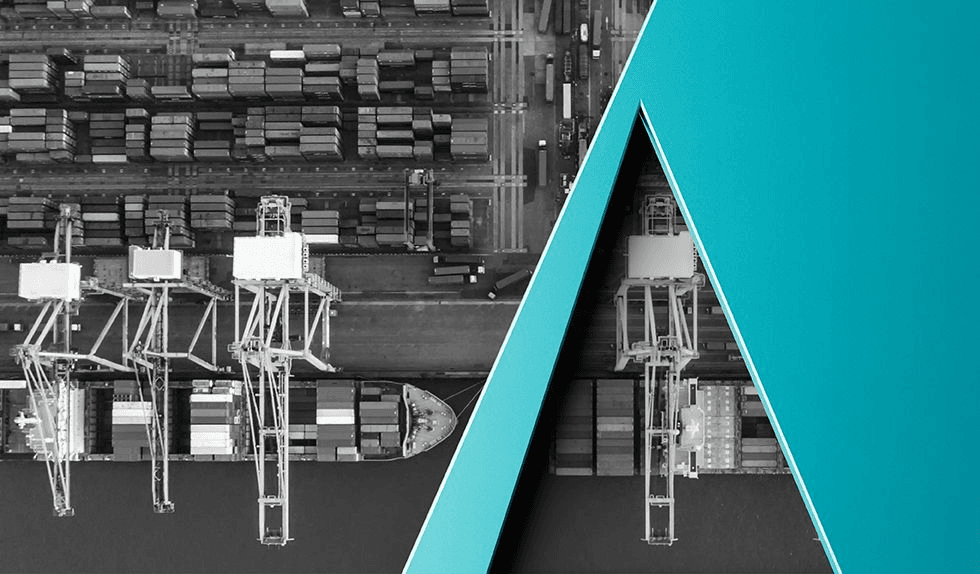DOC will impose AD and CVD orders in these investigations if the ITC issues a final affirmative determination of material injury or threat of material injury. The ITC is currently scheduled to vote on January 20, 2015. If DOC imposes AD and CVD orders, final duty liability in these proceedings will be determined in future administrative reviews to be conducted by DOC starting in early 2016.
The Solar II investigations are based on petitions filed in December 2013 by SolarWorld Industries America, Inc. (“SolarWorld”), the U.S. subsidiary of Germany-based SolarWorld AG. In its Solar II petitions, SolarWorld alleged that Chinese solar cell manufacturers had shifted cell conversion operations to countries outside of China to avoid duties imposed in the Solar I case, necessitating the filing of additional petitions to remedy the alleged circumvention.
Products Covered by the Solar II Investigations
One of the most contentious and heavily litigated aspects of the Solar II proceedings has been the scope of product coverage. DOC initially established scope coverage to include both cells and modules, laminates or panels consisting of cells, but to exclude any merchandise covered by the Solar I orders. DOC’s initial scope of coverage also included modules, laminates and/or panels assembled in China or Taiwan from solar cells completed in third countries, but using ingots or wafers produced in China or Taiwan.
In October 2014, following the submission of voluminous comments from interested parties on product scope issues, DOC issued a proposal to expand the Solar II scope to include modules, laminates and panels assembled in China or Taiwan, regardless of the country of origin of the cells incorporated into these products. Thus, under the proposal, it was no longer necessary for a portion of the cell manufacturing process to have occurred in China or Taiwan to trigger coverage of the completed modules, laminates or panels.
In its final determinations, DOC affirmed its proposed scope modification with respect to China, finding that doing so adequately addressed SolarWorld’s circumvention concerns in a manner readily administrable by CBP and interested parties. With respect to Taiwan, DOC determined that the investigation covers only solar cells produced in Taiwan. DOC’s scope for Taiwan follows the same logic as the scope DOC established for China in the Solar I case, resting on the finding that the solar cell is the essential component of solar products and therefore establishes the country of origin for trade remedy purposes.
DOC’s determinations raise a number of questions and compliance challenges for foreign exporters and U.S. importers. In particular, DOC’s modification of the scope in the Solar II case means that market participants should review their supply chains anew to determine whether their products are now covered, as well as which certification requirements (if any) apply. Market participants should also monitor DOC’s instructions to CBP with respect to the enforcement of these cases.
Certification Requirements and CBP Enforcement
Due to the complexity of the initial Solar II scope and the need to trace individual steps in the cell manufacturing process in order to determine scope coverage, DOC preliminarily established certification requirements for both the China and Taiwan cases. These certifications required parties to identify and document the country in which certain steps in the cell manufacturing and module or panel assembly process took place. DOC withdrew these certification requirements in its Solar II final determinations.
However, other certification requirements may apply. Exporters and U.S. importers of Taiwanese-origin modules, laminates or panels containing cells manufactured in third countries may seek to demonstrate that such goods are not covered by the Solar II Taiwan AD proceeding through certifications as specified by DOC and supporting documentation.
Similarly, foreign exporters and U.S. importers of Chinese-origin modules, laminates or panels containing cells manufactured in third countries remain subject to the certification requirements established by DOC in Solar I, in which the country of cell manufacture determines origin for purposes of scope coverage. Given DOC’s above-discussed scope expansion, however, Chinese-origin modules, laminates or panels containing third-country cells would now fall within the Solar II scope.
The Solar II final determinations come as CBP is generally intensifying its efforts to deter the evasion of U.S. AD and CVD measures, including through the misclassification of goods under the Harmonized Tariff Schedule of the United States (HTSUS) or trans-shipment of goods covered by U.S. AD and CVD orders through third countries (a common duty evasion technique). CBP recently issued the linked Priority Trade Issue publication, which addresses CBP ongoing efforts to ensure the full enforcement of U.S. trade remedy measures. See
http://www.cbp.gov/trade/priority-issues/adcvd.
While DOC’s written description of the scope of the Solar I and Solar II cases is controlling, U.S. importers should be aware that the products at issue are generally classified under HTSUS subheadings 8501.61.0000, 8507.20.8030, 8507.20.8040, 8507.20.8060, 8507.20.8090, 8541.40.6020, 8541.40.6030 and 8501.31.8000.
Settlement and Ongoing Litigation
Notwithstanding sustained efforts by the U.S. and Chinese governments to reach a settlement agreement covering bilateral trade in solar products, including U.S. exports to China of polysilicon that are subject to Chinese trade remedy measures, discussions have stalled, and no deal appears imminent. In the absence of a settlement, DOC and the ITC will continue to conduct the Solar I and Solar II proceedings consistent with the statutory framework and timelines established in U.S. law.


